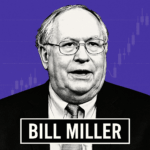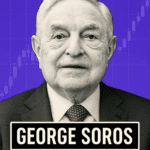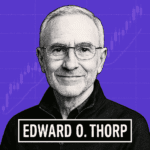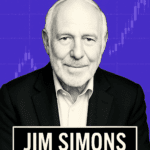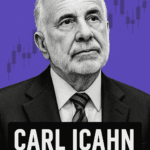GREG LIPPMANN
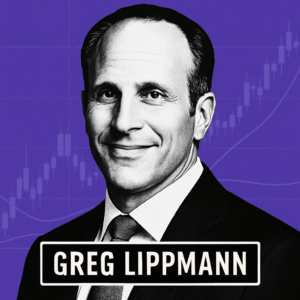
Greg Lippmann's Career Timeline
Greg Lippmann rose to prominence as the pioneering Deutsche Bank trader who recognized the impending subprime mortgage crisis and orchestrated one of the most profitable trades against the housing market. His contrarian bet against mortgage-backed securities made him a central figure in Michael Lewis's "The Big Short". Internally, he earned nicknames like "Bubble Boy" and "Patient Zero" for spreading the short-the-housing-market thesis across Wall Street.
Early Life and Education
Early Career on Wall Street (1991-2000)
Rise at Deutsche Bank (2000-2007)
Financial Crisis and Aftermath (2008-2010)
LibreMax Capital Era (2010-Present)
Lippmann's Investment Principles and Trading Philosophy
Comparing Lippmann to Other Wall Street Figures
- Lippmann vs. Michael Burry: Both identified the subprime crisis early, but their relationship was more interconnected than often portrayed. According to Michael Lewis's account in "The Big Short," Burry was actually an influence on Lippmann. In late 2006, Deutsche Bank's Lippmann reached out to Burry about his credit default swap positions, and later attempted to buy Burry's billion-dollar portfolio of swaps. Burry later acknowledged this connection, stating in an email to his staff that "Lippmann is the guy that essentially took my idea and ran with it. To his credit." While Burry approached the trade as an outsider focused primarily on loan-level analysis, Lippmann leveraged his position as a market insider with deep knowledge of structured products to scale the trade dramatically. Lippmann not only traded for Deutsche Bank but also convinced numerous hedge funds to take similar positions, helping to create broader market awareness of the subprime problems.
- Lippmann vs. John Paulson: Both profited enormously from the subprime collapse, but Paulson entered the trade later than Lippmann and focused more on the ABX indices and synthetic CDOs. While Paulson's trade generated larger personal profits, Lippmann is often credited with being earlier in identifying the problem and more instrumental in creating the market for subprime credit default swaps.
- Lippmann vs. Steve Eisman: Both were outspoken critics of the mortgage industry, but while Eisman's approach was more confrontational and morally charged, Lippmann approached the trade primarily as a market opportunity. Eisman was a client of Lippmann, taking short positions based partly on Lippmann's research and market-making.
Legacy and Impact
Greg Lippmann's career embodies several enduring lessons for investors:
- The value of independent analysis: Lippmann's willingness to challenge consensus views and conduct original research led to one of the most profitable trades in modern financial history.
- The importance of structural understanding: His deep knowledge of mortgage securitization allowed him to identify precisely where vulnerabilities existed and how to exploit them.
- The power of conviction: Despite widespread skepticism and pushback, Lippmann maintained his bearish view on subprime mortgages, demonstrating the value of well-researched conviction.
- Adaptability in changing markets: After the crisis, Lippmann successfully pivoted from being a banking-sector trader to an alternative investment entrepreneur, showing the importance of evolving with market conditions.
While Lippmann's famous short trade against the housing market secured his place in financial history, his longer-term impact lies in how he helped change Wall Street's approach to structured credit analysis. By demonstrating the flaws in rating agency methodologies and highlighting the importance of loan-level analysis, he contributed to more rigorous risk assessment practices in securitization markets.
Today, Lippmann continues to apply his analytical approach at LibreMax Capital, focusing on identifying value in complex credit instruments—a testament to the enduring relevance of his investment philosophy in ever-changing markets.
